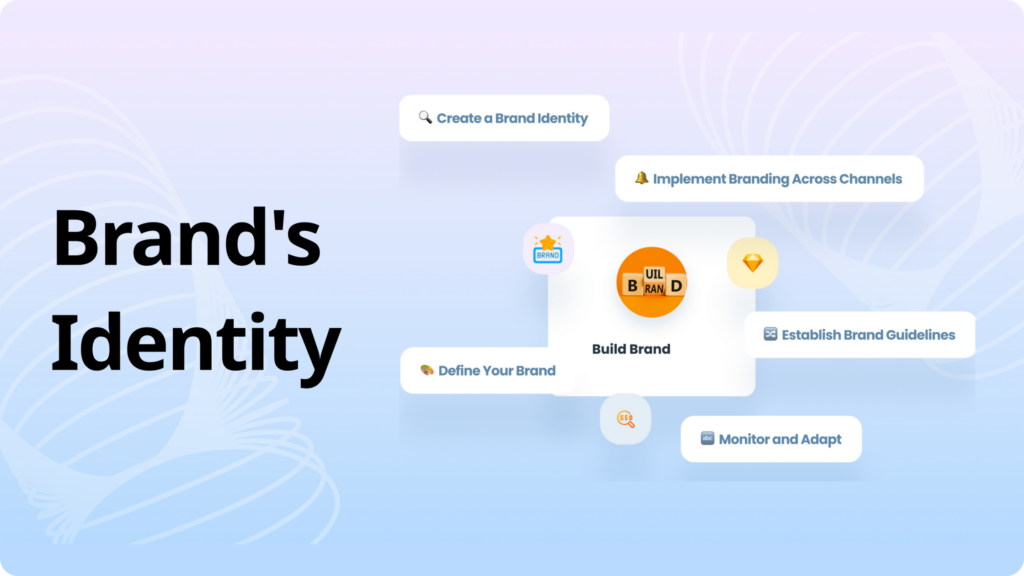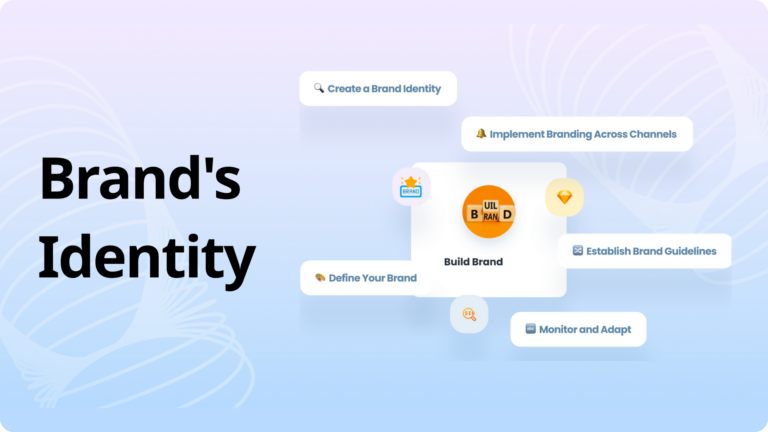Introduction
For years, there has been an upward trend in mobile application development. This subsection of software development explicitly includes applications designed for mobile devices.
Mobile apps have completely changed the way we use technology, from productivity and business tools to social networking and enjoyment. We’ll discuss what mobile applications are, their varieties, and their functions in this blog.
Developers create mobile applications for digital assistants, tablets, and smartphones, most commonly for the Android and iOS operating systems.
Over 78% of people on the planet own a smartphone. What are users doing with these gadgets? They make use of applications.
However, mobile development applications may appear overwhelming. After deciding on an operating system platform or platforms, you must get beyond the constraints of mobile devices and get your software past any potential distribution roadblocks. Fortunately, you may simplify your application development process by adhering to a few fundamental rules and best practices.
Let’s examine our in-depth guide to the process of developing mobile apps. We have divided the comprehensive guide to the mobile application development process into nine essential parts so that you can easily grasp it.
What is Mobile App Development?
The process of developing software for smartphones, tablets, and other mobile devices is known as mobile app development. Writing code to develop the software and designing the application are both parts of the total process.
Creating a useful and intuitive mobile application requires a number of processes, such as ideation, market research, design, development, testing, and deployment.
Mobile application development is possible for a number of operating systems, such as Android and iOS, and it encompasses a broad range of applications, such as social networking and e-commerce apps, games, and productivity tools.
Applications can make use of built-in smartphone features such as GPS, Bluetooth, a camera, microphone, and other mobile functionalities.
Different Mobile App Types

Today’s app development differs greatly from earlier versions. In the past, developers could only accomplish native development through low-level coding.
This greatly simplifies the process of creating native apps from the start for entrepreneurs, e-commerce companies, and established corporations.
Here is a quick rundown of the various app categories and what makes them special in terms of development:
Native App Development
On a mobile device, native apps are installed straight away. Usually, the Google Play Store or Apple App Store are used to install them. Native applications often take advantage of the characteristics already present on the device they are installed on and can function without an internet connection.
Cross-Platform Native Mobile Applications
The code for a cross-platform application is the same across all platforms. Thus, you just need to create your code once, and both iOS and Android devices will still be able to install the program natively. The user experience of native and cross-platform native apps is nearly identical.
Hybrid Mobile Applications
When it comes to ease of use, hybrid development surpasses cross-platform development. Creating cross-platform apps still takes a high level of technical expertise and app development knowledge. With no-code app builders or a rudimentary understanding of web programming, hybrid development is less complicated to accomplish.
Progressive Web Application (PWA)
Users can download Progressive Web Applications via the internet instead of installing them locally on their devices. These applications allow users to receive push notifications, which are sent through their web browsers. However, PWAs will have somewhat less capabilities when utilising a device’s native features.
Also read : Cross-Platform Mobile Development Tools
Create native or hybrid apps while developing for both iOS and Android

Let’s take an example where you have to develop mobile applications for iOS and Android. Which method of software development is the best?
The Apple App Store or Google Play Store are usually used to install them. Native apps typically make use of the built-in functionality of the device they have been installed and can function without an internet connection.
For some of the same reasons why independent app developers frequently concentrate on Android, you may want to begin with Android if you choose to develop native applications one at a time. Creating the entire application as an MVP on Android and then optimising and converting it to iOS after it’s out is certainly a preferable strategy.
Cross-platform operation is not possible due to the differences in the functionality of the two operating systems, therefore you will still need to rewrite the front-end user interface and debug the code for the native language.
Why not then begin at the beginning?
A large portion of the back end can be reproduced across platforms, but it is not possible to convert the entire code to another programming language.
The code for a cross-platform application is the same across all platforms. Thus, you just need to create your code once, and both iOS and Android devices will still be able to install the program natively.Cross-platform native development is more cost-effective and takes less time to complete.Going hybrid and adopting a “write once, run anywhere” strategy provides an additional choice. A single codebase is used by hybrid apps so they can run on both platforms.
However, hybrid development is a little easier to utilise than cross-platform development. Creating cross-platform apps still takes a high level of technical expertise and app development experience.
Usually, they are written in one of the widely used programming languages, including Java, JavaScript, HTML, or CSS.
Latest Mobile App Development Trends

The world of mobile app development is always evolving, with new trends and technologies appearing all the time. If app developers wish to make inventive and profitable apps, they must keep up with the latest trends.
Cross-platform development, the rise of 5G networks, and the growing significance of Internet of Things (IoT) technologies are some of the major developments in mobile application development to be aware of in 2023.
IoT, on the other hand, is revolutionising how we use technology by providing developers the chance to make more intelligent and user-friendly apps that can connect to a variety of linked devices.
Internet of Things (IoT) Integration
Users can now operate and monitor their equipment from their smartphones thanks to the IoT and mobile app integration that has made gadgets smarter and more connected.
Artificial Intelligence (AI) and Machine Learning (ML)
Another trend that is picking up steam is the use of AI and ML into mobile apps. Mobile apps that integrate AI and ML technology can provide users with more personalised experiences and make better judgments.
Augmented Reality (AR) and Virtual Reality (VR)
Mobile app development is seeing a surge in popularity due to the immersive and captivating experiences that AR and VR technology can offer customers.
Chatbots and Virtual Assistants
Virtual assistants and chatbots are becoming more and more common in mobile app development. With the help of these technologies, mobile apps may provide users with individualised help and support, enhancing user engagement and experience.
Cloud-Based Mobile Apps
Another trend in mobile app development is cloud-based apps. Faster performance and less strain on the user’s device are made possible by these apps’ ability to store data and operate on distant servers.
Transfer processing to the cloud
What happens if the processing demands of your mobile application exceed the capabilities of a standard mobile platform? Think about transferring that processing to the cloud.
By using APIs wisely, you may link your application to databases and cloud-based services to enable sophisticated features without taxing the processing speed or battery life of the device. Minimise the amount of data on the device by offloading cache and data storage to a cloud-based server.
Utilise cutting-edge cloud services to extend your app
Beyond increases in performance, the cloud can provide other benefits. Link your mobile app to robust cloud services to enhance its functionality and add features.
Beyond only improving speed, the cloud can provide other benefits. To expand features and boost usability, integrate your mobile application with robust cloud services.
Final Thoughts
We can assist you in obtaining the greatest services if you’re searching for a reputable and knowledgeable mobile app development business. You can use your current Google account to create a developer account, pay the USD 25 charge, and submit your application through the Android mobile application development program.
Before publication on Google Play, the official Android store, there are quality requirements that need to be met. However, these requirements function more like guidelines than strict regulations. You may also release your apps outside of the Google Play store and let consumers download and install them directly as part of the app creation process.
Deliverables Agency is a great option for your mobile app development needs because of our affordable prices, quality control, and continuous support.







